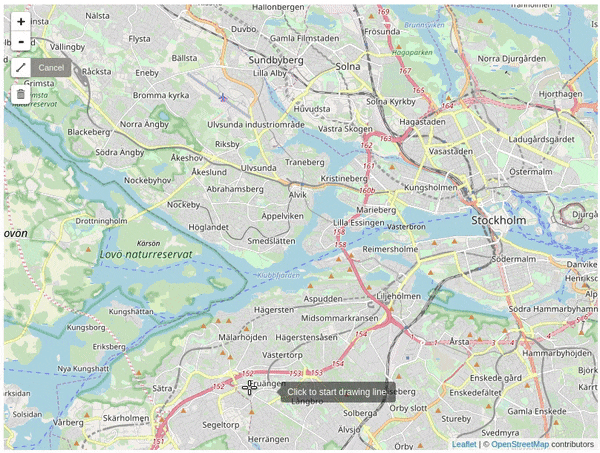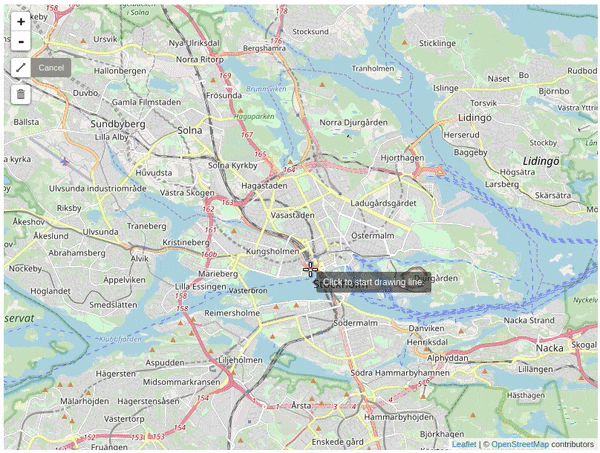FMM is an open source map matching framework in C++ and Python. It solves the problem of matching noisy GPS data to a road network. The design considers maximizing performance, scalability and functionality.
- High performance: C++ implementation using Rtree, optimized routing, parallel computing (OpenMP).
- Python API: jupyter-notebook and web demo
- Scalibility: millions of GPS points and millions of road edges.
- Multiple data format: GPS data in Point CSV, Trajectory CSV and Trajectory Shapefile (more details). Road network in ESRI shapefile or Geopackage. OSM network can also be supported with manual preprocessing.
- Detailed matching information: traversed path, geometry, individual matched edges, GPS error, etc. More information at here.
- Multiple algorithms: FMM (for small and middle scale network) and STMatch (for large scale road network)
- Cross platform support: Unix, Mac and Windows.
We encourage contribution with feature request, bug report or developping new map matching algorithms using the framework.
Interactive web demo
Check https://fmm-wiki.github.io/.
Check https://cyang-kth.github.io/fmm/
Can Yang, Ph.D. student at KTH, Royal Institute of Technology in Sweden
Email: cyang(at)kth.se
Homepage: https://people.kth.se/~cyang/
FMM originates from an implementation of this paper Fast map matching, an algorithm integrating hidden Markov model with precomputation. A post-print version of the paper can be downloaded at link. Substaintial new features have been added compared with the original paper.
Please cite fmm in your publications if it helps your research:
Can Yang & Gyozo Gidofalvi (2018) Fast map matching, an algorithm
integrating hidden Markov model with precomputation, International Journal of Geographical Information Science, 32:3, 547-570, DOI: 10.1080/13658816.2017.1400548
Bibtex file
@article{doi:10.1080/13658816.2017.1400548,
author = {Can Yang and Gyozo Gidofalvi},
title = {Fast map matching, an algorithm integrating hidden Markov model with precomputation},
journal = {International Journal of Geographical Information Science},
volume = {32},
number = {3},
pages = {547-570},
year = {2018},
publisher = {Taylor & Francis},
doi = {10.1080/13658816.2017.1400548},
URL = {
https://doi.org/10.1080/13658816.2017.1400548
},
eprint = {
https://doi.org/10.1080/13658816.2017.1400548
}
}




